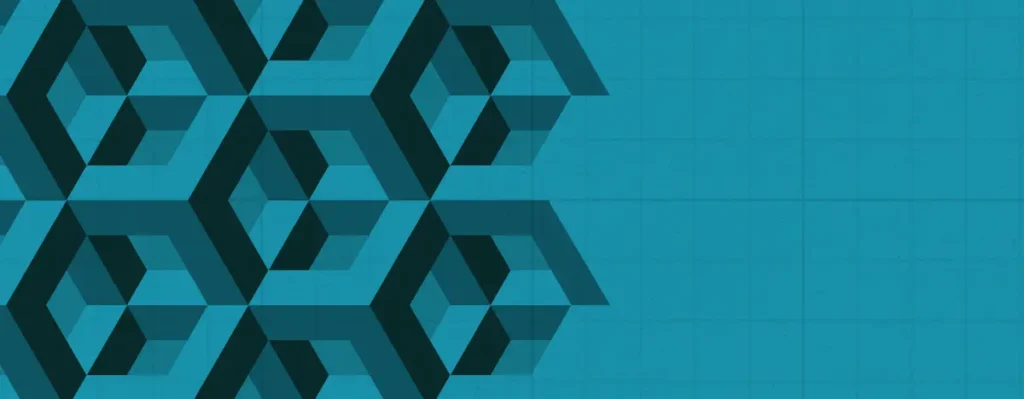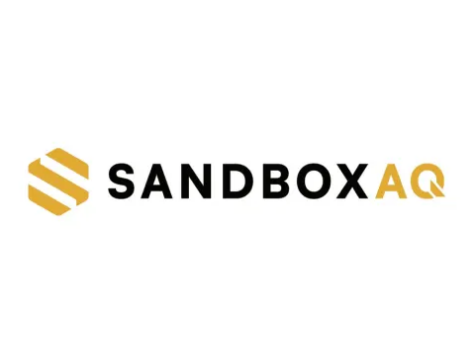Insider Brief
- Study shows advances in quantum algorithms can reduce the amount of resource required for researchers to achieve useful results.
- Focusing on the cancer growth inhibitor Ibrutinib, the research provides estimates of simulating progressively larger embedding regions.
- The Riverlane team’s estimates show that the resources required to run these calculations in active spaces of 50 orbitals and electrons, has fallen from over 1,000 years to just a few days.
- The researchers do caution that their “error rates are still close to the code threshold and must be reduced further to facilitate practical scaling.”
PRESS RELEASE — Riverlane, the quantum engineering company building the world’s first operating system for error corrected quantum computing, today announces the publication of peer-reviewed research that underlines the potential of quantum to transform drug discovery and development.
The paper, published in the Journal of Chemical Theory and Computation, outlines how advances in quantum algorithms have radically reduced the amount of resource required for researchers to achieve useful results. Focusing on the cancer growth inhibitor Ibrutinib, the research provides estimates of simulating progressively larger embedding regions. The Riverlane team’s estimates show that the resources required to run these calculations in active spaces of 50 orbitals and electrons, has fallen from over 1,000 years to just a few days.
This demonstrates the potential of quantum to transform the pharmaceutical industry. For example, quantum could help filter the number of candidate drugs for a particular treatment by assessing which are likely to be most promising. The pipeline from candidate drug to product can take as long as 10 years and reducing this timeline has the potential to reduce costs by billions of dollars. This is why Boston Consulting Group has estimated that quantum technology could add as much as $80 billion in value to the industry by 2040.

Critically, these savings in resource were only possible on an error corrected architecture. While the quantum computers of the future will be able to accurately simulate nature on a molecular scale, today’s struggle with high error rates. Error correction is the grand challenge in quantum computing, which is why Riverlane is building the best error correction team in the world to tackle it across the whole quantum computing stack.
Steve Brierley, CEO of Riverlane, said: “This latest research from Riverlane’s world-class scientific team demonstrates that quantum has the power to transform industries that billions of people around the world rely on every day. However, we will only realise these benefits, whether they are in drug discovery, materials, or climate if we are able to solve the foundational challenge of error correction.”
The paper was written by Riverlane’s interdisciplinary Discover team, who are working to establish the fields where quantum can most benefit humanity. It was a collaboration between leading biochemists, quantum scientists, and information theorists.
If you found this article to be informative, you can explore more current quantum news here, exclusives, interviews, and podcasts.


















